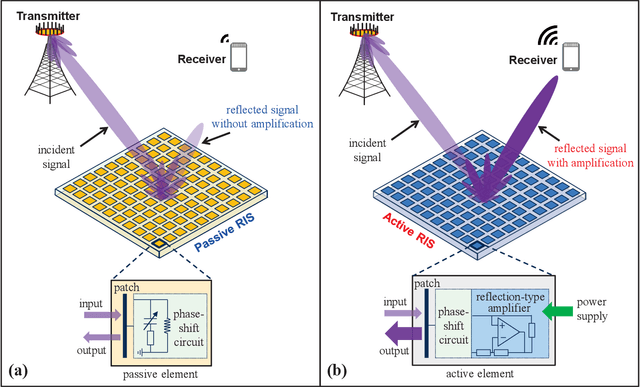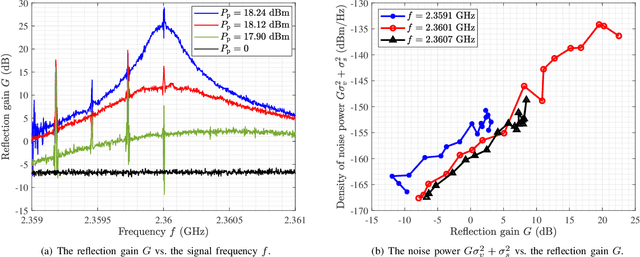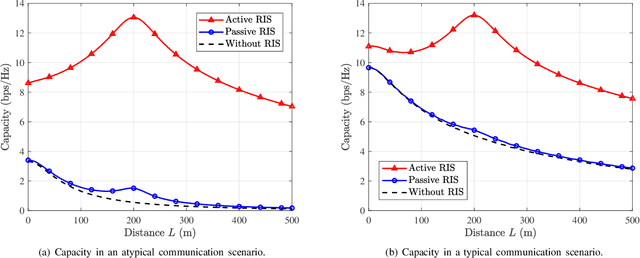Changhao Liu
Fine-tuning Language Models for Recipe Generation: A Comparative Analysis and Benchmark Study
Feb 04, 2025Abstract:This research presents an exploration and study of the recipe generation task by fine-tuning various very small language models, with a focus on developing robust evaluation metrics and comparing across different language models the open-ended task of recipe generation. This study presents extensive experiments with multiple model architectures, ranging from T5-small (Raffel et al., 2023) and SmolLM-135M (Allal et al., 2024) to Phi-2 (Research, 2023),implementing both traditional NLP metrics and custom domain-specific evaluation metrics. Our novel evaluation framework incorporates recipe-specific metrics for assessing content quality and introduces an approach to allergen substitution. The results indicate that, while larger models generally perform better on standard metrics, the relationship between model size and recipe quality is more nuanced when considering domain-specific metrics. We find that SmolLM-360M and SmolLM-1.7B demonstrate comparable performance despite their size difference, while Phi-2 shows limitations in recipe generation despite its larger parameter count. Our comprehensive evaluation framework and allergen substitution system provide valuable insights for future work in recipe generation and broader NLG tasks that require domain expertise and safety considerations.
UAV-Enabled Passive 6D Movable Antennas: Joint Deployment and Beamforming Optimization
Dec 15, 2024Abstract:Intelligent reflecting surface (IRS) is composed of numerous passive reflecting elements and can be mounted on unmanned aerial vehicles (UAVs) to achieve six-dimensional (6D) movement by adjusting the UAV's three-dimensional (3D) location and 3D orientation simultaneously. Hence, in this paper, we investigate a new UAV-enabled passive 6D movable antenna (6DMA) architecture by mounting an IRS on a UAV and address the associated joint deployment and beamforming optimization problem. In particular, we consider a passive 6DMA-aided multicast system with a multi-antenna base station (BS) and multiple remote users, aiming to jointly optimize the IRS's location and 3D orientation, as well as its passive beamforming to maximize the minimum received signal-to-noise ratio (SNR) among all users under the practical angle-dependent signal reflection model. However, this optimization problem is challenging to be optimally solved due to the intricate relationship between the users' SNRs and the IRS's location and orientation. To tackle this challenge, we first focus on a simplified case with a single user, showing that one-dimensional (1D) orientation suffices to achieve the optimal performance. Next, we show that for any given IRS's location, the optimal 1D orientation can be derived in closed form, based on which several useful insights are drawn. To solve the max-min SNR problem in the general multi-user case, we propose an alternating optimization (AO) algorithm by alternately optimizing the IRS's beamforming and location/orientation via successive convex approximation (SCA) and hybrid coarse- and fine-grained search, respectively. To avoid undesirable local sub-optimal solutions, a Gibbs sampling (GS) method is proposed to generate new IRS locations and orientations for exploration in each AO iteration. Numerical results validate our theoretical analyses.
Centralized active reconfigurable intelligent surface: Architecture, path loss analysis and experimental verification
Jan 19, 2024Abstract:Reconfigurable intelligent surfaces (RISs) are promising candidate for the 6G communication. Recently, active RIS has been proposed to compensate the multiplicative fading effect inherent in passive RISs. However, conventional distributed active RISs, with at least one amplifier per element, are costly, complex, and power-intensive. To address these challenges, this paper proposes a novel architecture of active RIS: the centralized active RIS (CA-RIS), which amplifies the energy using a centralized amplifying reflector to reduce the number of amplifiers. Under this architecture, only as low as one amplifier is needed for power amplification of the entire array, which can eliminate the mutual-coupling effect among amplifiers, and significantly reduce the cost, noise level, and power consumption. We evaluate the performance of CA-RIS, specifically its path loss, and compare it with conventional passive RISs, revealing a moderate amplification gain. Furthermore, the proposed CA-RIS and the path loss model are experimentally verified, achieving a 9.6 dB net gain over passive RIS at 4 GHz. The CA-RIS offers a substantial simplification of active RIS architecture while preserving performance, striking an optimal balance between system complexity and the performance, which is competitive in various scenarios.
Active RISs: Signal Modeling, Asymptotic Analysis, and Beamforming Design
Dec 31, 2022Abstract:Reconfigurable intelligent surfaces (RISs) have emerged as a candidate technology for future 6G networks. However, due to the "multiplicative fading" effect, the existing passive RISs only achieve a negligible capacity gain in environments with strong direct links. In this paper, the concept of active RISs is studied to overcome this fundamental limitation. Unlike the existing passive RISs that reflect signals without amplification, active RISs can amplify the reflected signals via amplifiers integrated into their elements. To characterize the signal amplification and incorporate the noise introduced by the active components, we verify the signal model of active RISs through the experimental measurements on a fabricated active RIS element. Based on the verified signal model, we formulate the sum-rate maximization problem for an active RIS aided multi-user multiple-input single-output (MU-MISO) system and a joint transmit precoding and reflect beamforming algorithm is proposed to solve this problem. Simulation results show that, in a typical wireless system, the existing passive RISs can realize only a negligible sum-rate gain of 3%, while the active RISs can achieve a significant sum-rate gain of 62%, thus overcoming the "multiplicative fading" effect. Finally, we develop a 64-element active RIS aided wireless communication prototype, and the significant gain of active RISs is validated by field test.
Deep-Learning-Empowered Inverse Design for Freeform Reconfigurable Metasurfaces
Nov 17, 2022Abstract:The past decade has witnessed the advances of artificial intelligence with various applications in engineering. Recently, artificial neural network empowered inverse design for metasurfaces has been developed that can design on-demand meta-atoms with diverse shapes and high performance, where the design process based on artificial intelligence is fast and automatic. However, once the inverse-designed static meta-atom is fabricated, the function of the metasurface is fixed. Reconfigurable metasurfaces can realize dynamic functions, while applying artificial intelligence to design practical reconfigurable meta-atoms inversely has not been reported yet. Here, we present a deep-learning-empowered inverse design method for freeform reconfigurable metasurfaces, which can generate on-demand reconfigurable coding meta-atoms at self-defined frequency bands. To reduce the scale of dataset, a decoupling method of the reconfigurable meta-atom based on microwave network theory is proposed at first, which can convert the inverse design process for reconfigurable coding meta-atoms to the inverse design for static structures. A convolutional neural network model is trained to predict the responses of free-shaped meta-atoms, and the genetic algorithm is applied to generate the optimal structure patterns rapidly. As a demonstration of concept, several inverse-designed examples are generated with different self-defined spectrum responses in microwave band, and an inverse-designed wideband reconfigurable metasurface prototype is fabricated and measured for beam scanning applications with broad bandwidth. Our work paves the way for the fast and automatic design process of high-performance reconfigurable metasurfaces.
Active RIS vs. Passive RIS: Which Will Prevail in 6G?
Mar 31, 2021



Abstract:From 1G to 5G, wireless channels have been traditionally considered to be uncontrollable. Thanks to the recent advances in meta-materials, reconfigurable intelligent surfaces (RISs) have emerged as a new paradigm for controlling wireless channels intelligently, thus making it a revolutionary technique for future 6G wireless communications. However, due to the "double fading" effect, RIS only achieves a negligible capacity gain in typical communication scenarios, which however has been widely ignored in many existing works. In this paper, the concept of active RIS is proposed to break this fundamental physical limit. Different from the existing passive RIS that reflects signals passively without amplification, active RIS can actively amplify the reflected signals. We then develop a signal model for active RIS, which is validated through experimental measurements. Based on this new signal model, we analyze the capacity gain achievable by active RIS and formulate the capacity maximization problem in an active RIS aided system. Next, a joint transmit and reflect precoding algorithm is proposed to solve this problem. Finally, extensive results show that, compared with the baseline without RIS, the existing passive RIS can realize a negligible capacity gain of only 3% in typical application scenarios, while the proposed active RIS can achieve a noticeable capacity gain of 129%, thus overcoming the fundamental limit of "double fading" effect.
 Add to Chrome
Add to Chrome Add to Firefox
Add to Firefox Add to Edge
Add to Edge